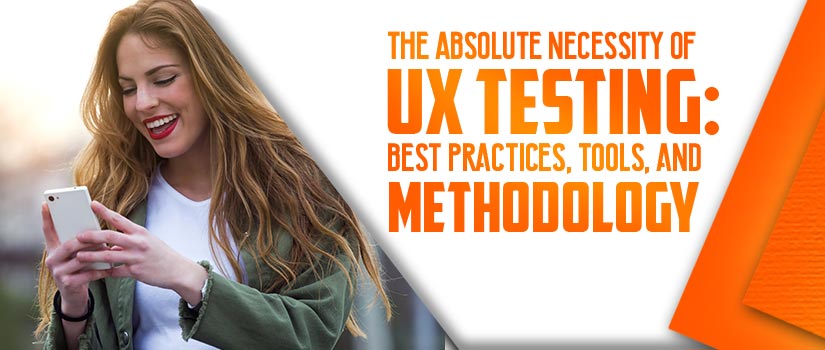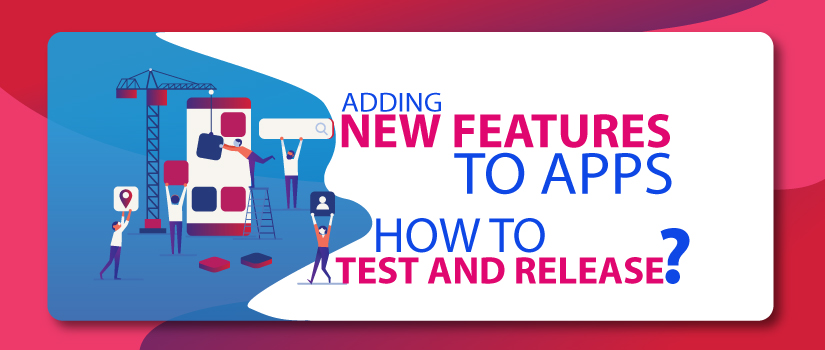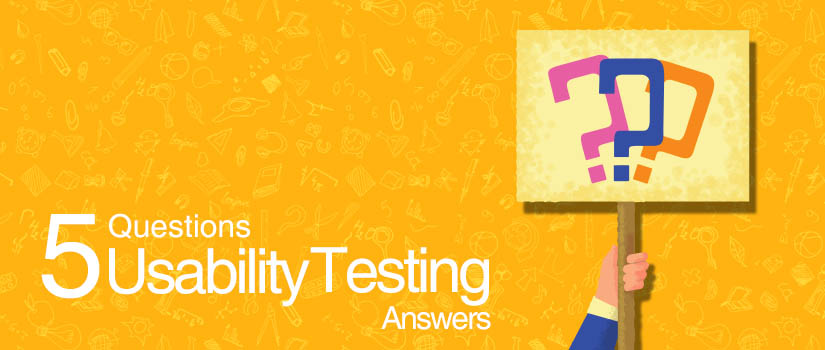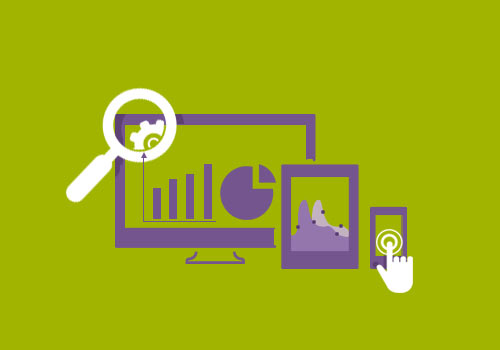We make inquiries. We take notes. We get the hang of all that we can about the targeted prospects, and afterward repeatedly test our work all through the design procedure.
So, User Experience, or UX, is the observation or response a client has when in connection with the design of a product or service. This insight would make him or her either needs to have a recurrent affair or wince at the possibility of having this experience once more.
The process is also called Usability Testing.
UX Testing process is basically a kind of product testing where, a little set of target end-users, of a product framework, “utilizes” it to uncover usability errors.

The testing chiefly centers around the ease of use of the user to utilize the application/product, adaptability in managing controls and capacity of the framework to meet its goals.
What Methodologies and Practices to Apply for an Effective UX Testing Process?
- Planning
In this stage, the objectives of UX testing are resolved. Having a workforce sit before your system and recording their activities isn’t an objective.
You have to decide basic functionalities and goals of the framework. You have to appoint errands to your UX testers, which practice these basic functionalities.
Also, during this stage, the UX testing technique, demographics, and the number of UX testers, test report plans are additionally decided.
- Focus Groups
Focus groups are an attempted and genuine strategy for correspondence between the users and tester. In a focus group, you unite 6 – 12 users to examine issues and worries about the traits of a User Interface.
The group ordinarily keeps going around 2 hours and is controlled by a moderator who manages up the focus of the group.
Focus groups can be a useful asset in framework development. This strategy can enable you to inspect both user’s needs and emotions before the design of a product and long after its launch.
In the mobile application or website development, the best possible job of focus groups isn’t to evaluate design usability. However, to find what clients need from the product – their own preferences and ideas.
Remember, it is suggested to run over one focus group, as the result of one session may not be symbolic.
- Tree Testing
The tree testing is a powerful technique that gives a sharp perspective to both the user experience designer as well as your business.
It enables you to look at how well users collaborate and discover products or components in the website chain of command.
It encourages you to comprehend what points in the hierarchy require work depending on where the client staggered.
This testing methodology permits a halfway reality check. The methodology uncovers whether your data design structure is effectively understandable.
A fundamental paper-print strategy can serve for this; however, now there is software accessible for tree testing too.
- Prototype testing
Design prototype testing can be utilized for testing an entire workflow of the user in a wireframe or an entirely designed segment of an item before it goes into the development phase.
It will regularly be alluded to as beginning period testing. A UX designer will make the prototype and structure work processes.
Design prototype testing will help with settling usability problems before the starting of development engineering. A few rules to follow when beginning a design prototype test are:
- Characterize the objectives and budget for the testing process.
- It is best to depend on beginning phase tests to uncover particular zones that may require upgrades.
- Pick a right prototyping tool. There are many prototyping tools available that UX designer may utilize.
- Pick a measuring device for the prototype to accumulate analytics from the users. The QA team handling the test should get comfortable with this device and figure out how to calculate the testing.
Moderated Usability Testing
Moderated usability testing is drilled by experts hoping to get reviews from live clients. Amid a moderated test, moderators are live with test members (either remotely or face to face), encouraging them through undertakings, noting their inquiries, and answering their reviews continuously.
Also Read: CRM Testing: Goals, What and How to Test?
Live correspondence with test members is a quality of this kind of testing, since nothing beats watching members progressively, and having the capacity to make examining inquiries about what they are doing.
Moderated usability tests are prescribed amid the design stage – when a group has a design that hasn’t yet been entirely created.
You can run a moderated usability test to locate the potential concerns of your working model. By watching members responses on your model, you can assemble baseline data that can spare you from investing a considerable amount of time on the design and development process of a product that is hard to utilize.
- Unmoderated Usability Testing
This methodology is suggested when you require a substantial specimen of results.

This type of testing is usually led through a platform or a site that records the session tracks metrics and randomizes groups and tasks.
A portion of the accessible tools can get you results in as lesser as a couple of hours so you can keep the development procedure continuous.
- Take Notes
You should make notes while testing or analyze the recordings and take notes later. Select a way that is most convenient for you.
You must note everything that the member is doing: what they say and where they go. Also, note timestamps and quotes for significant things. Furthermore, search for verbal signs and facial prompts if in person.
Keep in mind: Abstain from making a decision about what is a problem and what isn’t. Doing this while taking notes adds to the note taker’s inclination.
Consider yourself to be a copyist, taking notes without handling the data. This practice supports to gather increasingly and close to genuine information.
Best Tools Available for UX Testing
In one day, you have covered the specific peak of the UX testing process, but a chunk of that peak becomes bigger and bigger consistently. So, one question always pops up on the UX tester’s mind is the place where can I discover more and better UX tools for testing process?
We’ve listed 5 of the best tools you can use for UX testing.
Microsoft Inclusive Design
This toolbox as the name suggests has attention on the Inclusive design, yet as they appropriately bring up, the designing for individuals with inabilities indeed results in structures that benefit individuals all around.
Incorporated into the toolbox are comprehensive design standards to follow such as learning from diversity, videos showing inclusive design in action, activity cards describing case studies and tools.
IDEO Design Kit
The IDEO Design Kit is an extraordinary tool from IDEO, a standout amongst other known and regarded design firms out there.
Inside the pack, you can discover ‘Mindsets,’ which enable sketch main design standards to follow, alongside models for design strategies and case studies indicating how ‘human-centered design’ has driven actual outcomes.
IDEO basically talks about human-centered design, instead of user-centered design.
Design Practice Methods
The Design Practice Methods site is by the RMIT University, an international University of design, technology, and enterprise.
UX strategies are incorporated which are also alluded to as Human-centered techniques, alongside more great design techniques, for example, material testing and mood boards.
Methods can be searched by category such as Creative and Analytical and with a little classification and models presented for every strategy.
Crazy Egg
It very well may be utilized for a free 30-day trial and after that will cost $9 per month. What will you get in this toolkit?
The Heatmap which will help you to see where every user has tapped on your site. The Scrollmap – this will demonstrate how far down on the page a guest has frequently looked over.
The Confetti will give insights with respect to search terms and visitor sources. And, the Overlay that will analyze the number of clicks per page component.
Usabilla
This tool has a wide range of features to be employed by UX testers, making it an ordeal bundle that is very exhaustive.
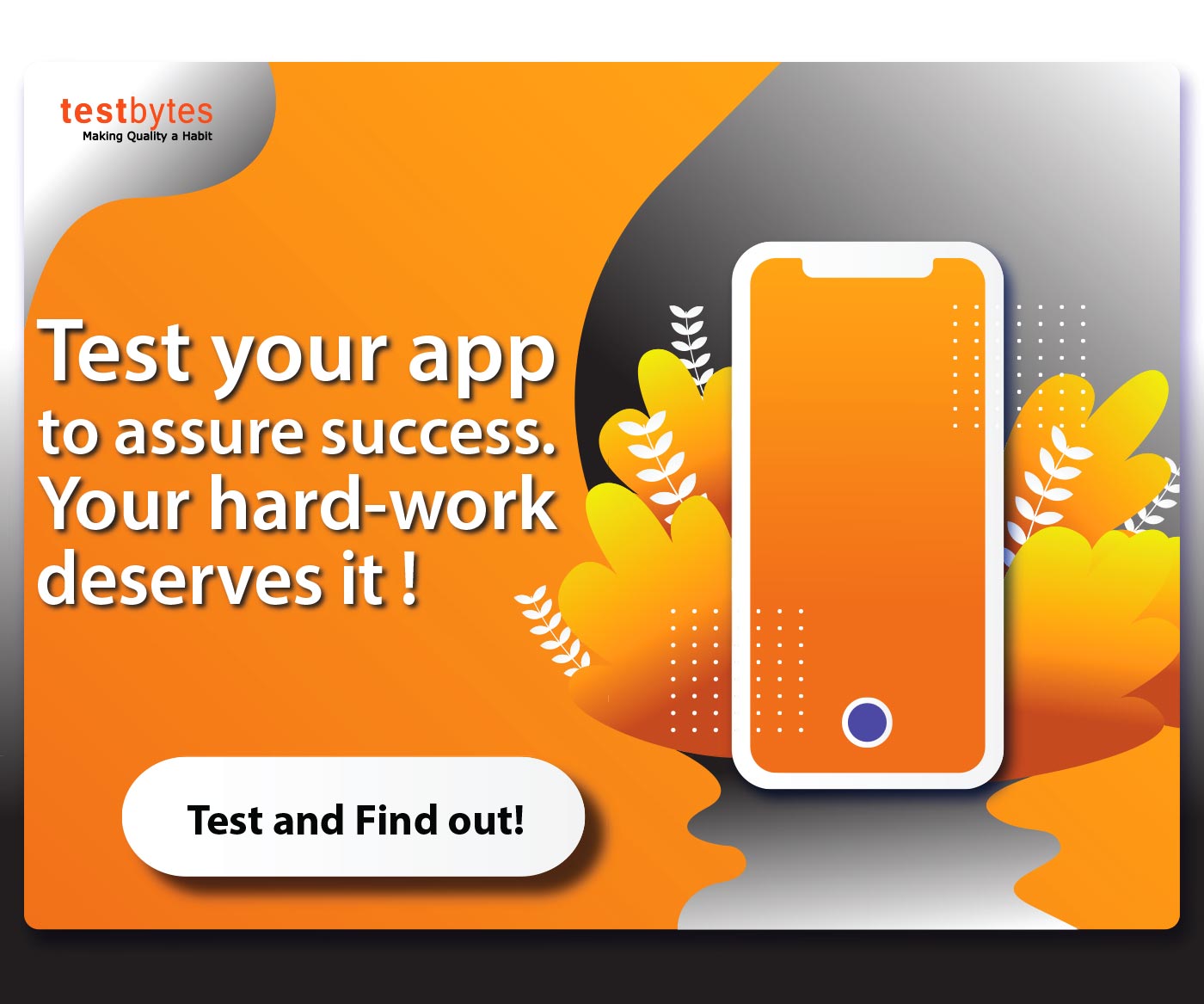
A couple of the elements that can be actuated are: mobile feedback, exit reviews, click heatmaps, directed feedback forms, and feedback widgets that assemble information through emails.
Any user can give it a shot on a 14-day free trial mode otherwise they have a month to month, a yearly pricing structure.
Also Read: Cloud Testing: A boon For Software Testing
